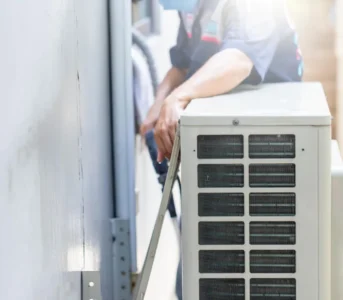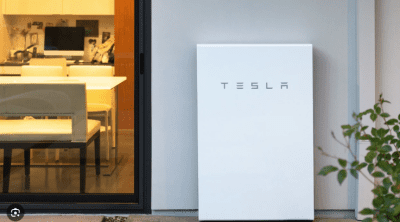Do you have a solar panel installation? Did you know that, in addition to saving on your electricity bill by producing clean energy, you can also “earn money” when you generate more energy than you consume? This option is known as a self-consumption photovoltaic installation with surplus compensation. Below, we explain how it works and how you can sign up.
What is surplus compensation in photovoltaic self-consumption?
Simplified surplus compensation is a form of photovoltaic self-consumption connected to the electricity grid. As is well known, solar self-consumption users generate their own energy for consumption using their photovoltaic solar panels. Furthermore, if they do not generate enough to cover their energy demand, they can purchase the missing energy from Red Eléctrica.
The advantage of self-consumption photovoltaic installations is that if more energy is generated than consumed, the excess can be fed back into the grid, thereby maximizing the energy produced. But what benefits does discharging surplus energy offer users? The electricity grid will financially compensate them for the kilowatts discharged at the end of each billing period.
What requirements do I have to meet to qualify for the surplus compensation option?
Regardless of whether the self-consumption installation is individual or collective, the essential requirements are as follows:
The installation power must be less than 100 kW.
A single supply contract for consumption with a marketing company must be binding for the consumer.
If the supply and installation owners are different, a surplus compensation contract must be agreed upon.
This activity will never incur a cost, so the invoice will always have a positive value.
Can you end up paying 0 euros for your electricity bill?
As previously mentioned in this post, if production exceeds consumption, these surpluses can be injected into the distribution grid. However, according to Royal Decree 244/2019, the electricity company cannot reimburse an amount in euros greater than the amount corresponding to the electricity consumption billed for that period. In other words, if electricity consumption amounts to €100 in a month, the surplus cannot be offset by any amount greater than that amount.
It should be noted that the power term is an amount that must continue to be paid, although the variable term (consumption) may ultimately result in zero euros being payable.
It is worth noting that the price at which surpluses are sold is lower than the price at which consumed energy is paid, since injected energy is paid at the OMIE price, while purchased energy is paid at the OMIE price plus access tolls and the marketing company’s commission.
Thus, it is also interesting to consider the option of installing storage batteries to capitalize on these energy surpluses.
To see a more graphic example, we put the following example.


Considering that the distributor uses hourly discretization of consumption, this user’s energy consumption is calculated between 8:00 and 9:00 and between 9:00 and 10:00. In the first period, they consumed 5 kWh, but at the same time, they produced 4 kWh with their photovoltaic system and also injected 2 kWh into the grid. The total billing for that period, using the following formula: Ebilled = Econsumed – Eself-consumed – Einjected, would be -1 kWh. That is, by calculating the net balance between consumption, production, and injection into the grid, the energy consumed is calculated, which, in this case, amounts to 1 kWh. In the second hourly period, following the same balance, the user must pay 3 kWh, which the surplus from the previous hourly period can offset. However, as we mentioned earlier, the purchase and sale prices of surpluses differ, so the balance between hourly periods will be a net monetary balance, rather than a net energy balance.
Do you have any further questions? Would you like to apply for surplus compensation? Ask our experts and join the energy transition. Feel the power of the sun!






